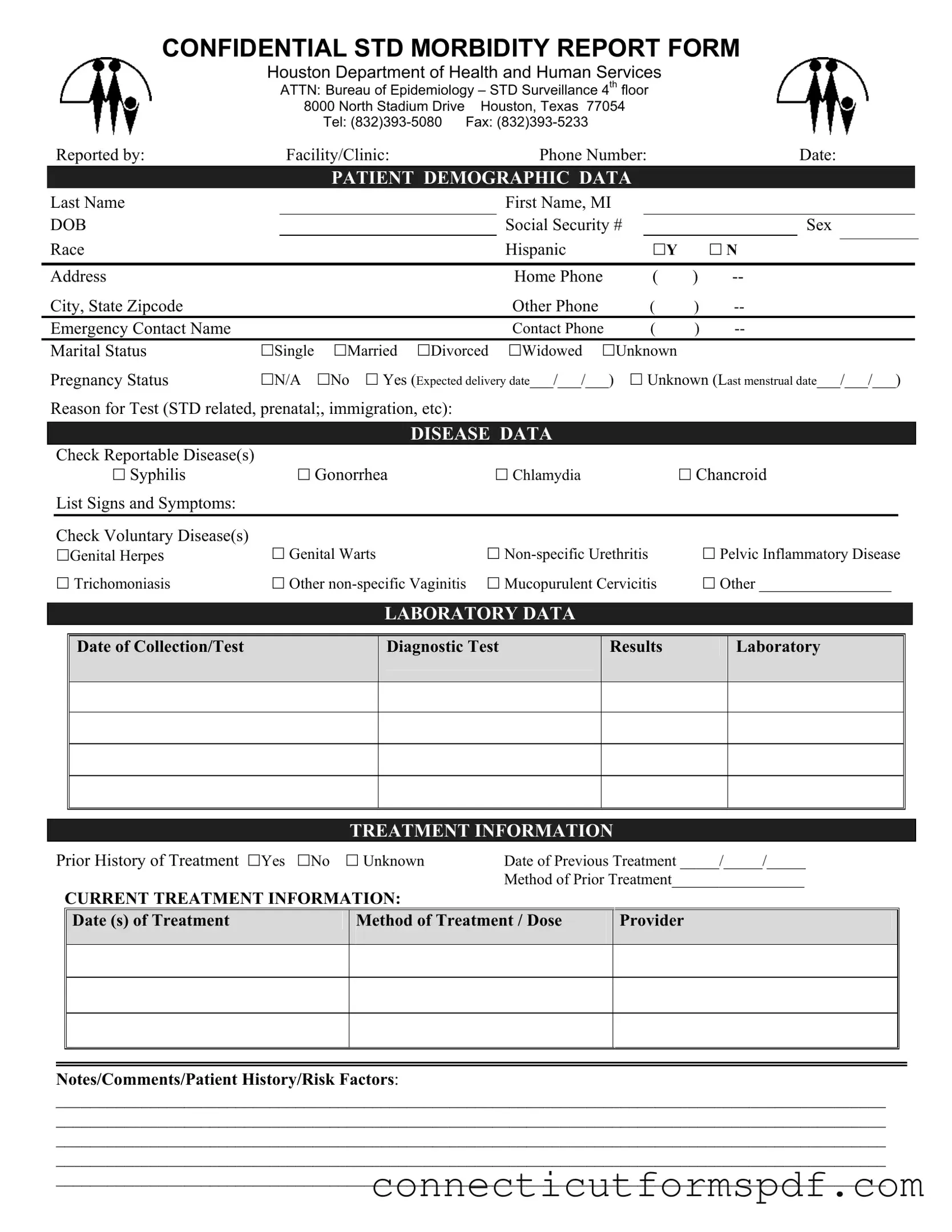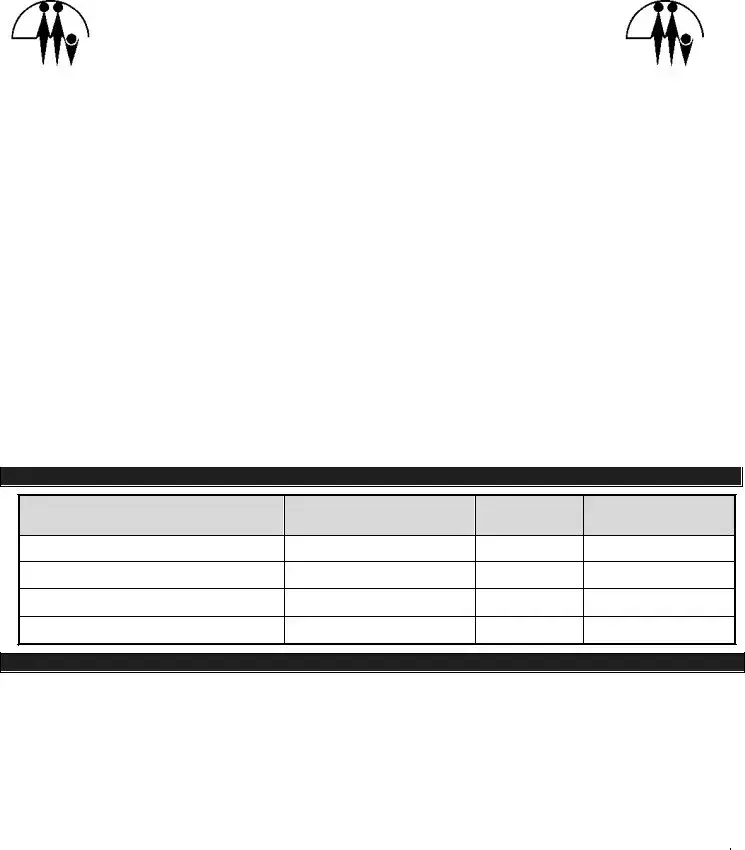Fill Out a Valid Connecticut Uc 2 Template
The Connecticut UC 2 form, primarily known as the Confidential STD Morbidity Report Form, is an essential document used by healthcare facilities to report cases of sexually transmitted diseases to the Houston Department of Health and Human Services. It requires comprehensive details about the patient, including demographic data, the reason for testing, disease data, and information on both previous and current treatments. To ensure proper public health surveillance and control of STDs, it is crucial for healthcare providers to complete and submit this form accurately.
For assistance with filling out the Connecticut UC 2 form accurately and ensuring it reaches the Bureau of Epidemiology – STD Surveillance, click the button below.
Launch Editor Now

